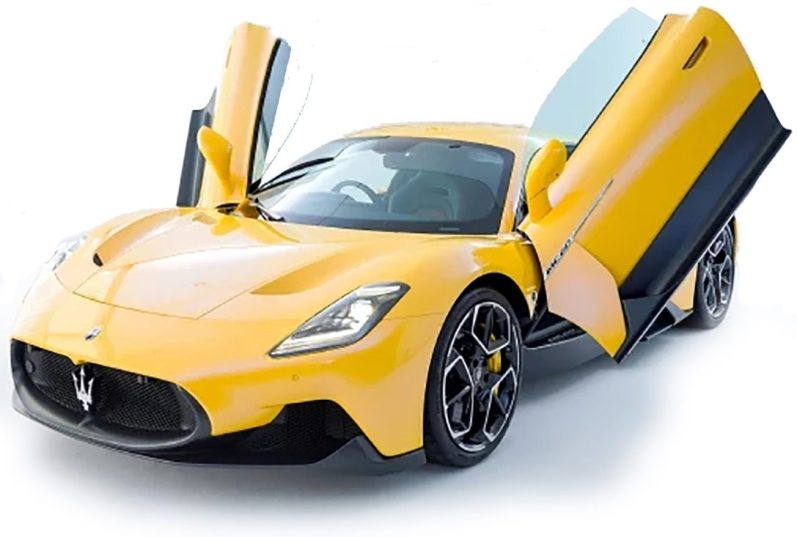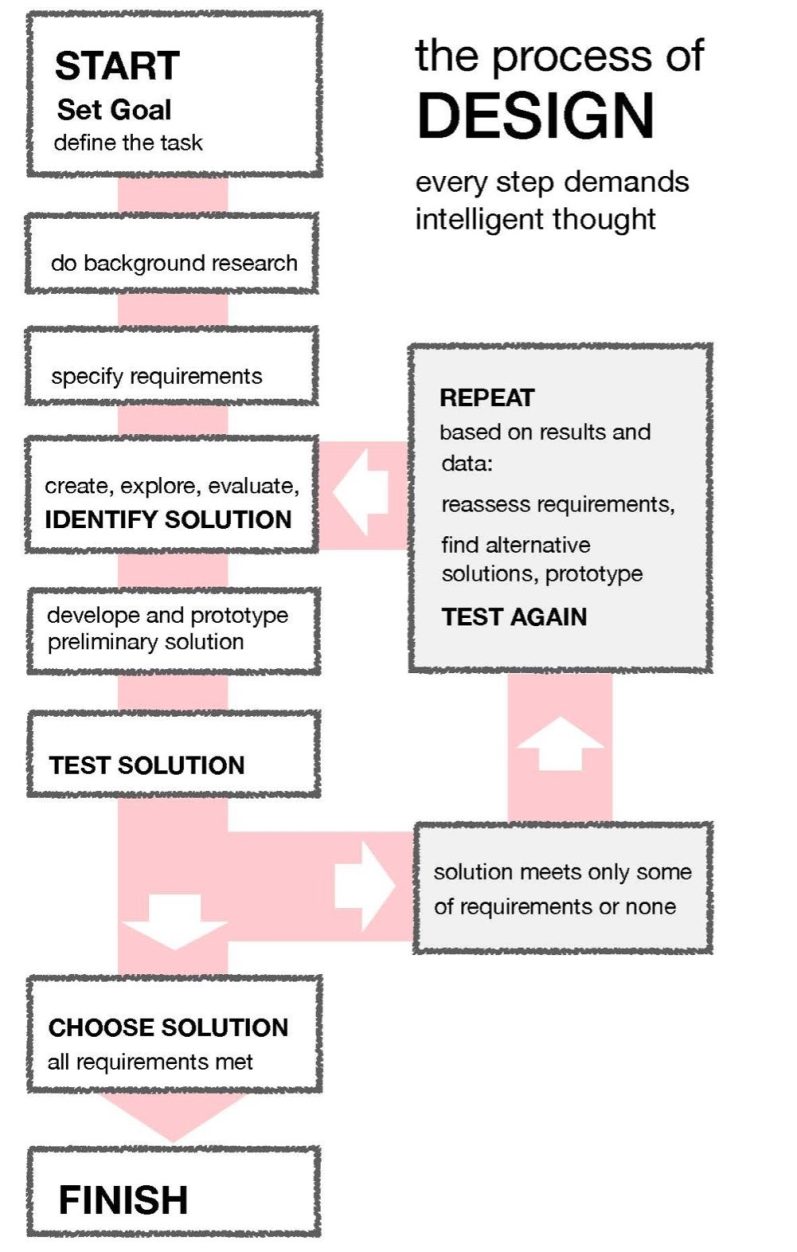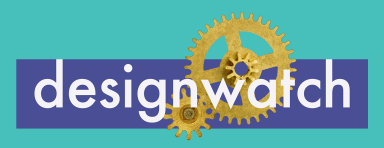What's the idea?
DESIGN starts with an idea.
You can't just say, “I’m going to design.”
Design needs an object – what are you going to design?
“I’m going to design ... a teaspoon...
a can -opener... a watch... a Maserati”.

The process of design begins, and is guided throughout by that initial concept. Every mark on the paper, every click of the mouse is driven by that original objective. Every step is evaluated in the light of that idea, reviewed to see if the design is going in the right direction. At any stage the original target can be reviewed and if necessary modified.
EVOLUTION doesn’t have ideas.
It doesn’t pursue any particular path. All change is random and undirected – the toss of the dice, the spin of the roulette wheel. 'Natural selection', the 'god' of evolution, is just one simple test: is something more likely to survive or not? At no point can evolution pursue a particular path or work towards a specific objective. At no point does it have any inkling of what it is doing, because it is not an intelligent process. It doesn’t have any ideas at all – ‘inklings’ are out.
DESIGN
has often been described as ‘iterative’. The diagram below seems to be a generally accepted view of the design process. It is 'iterative' simply because it means doing the same thing over and over again – 'reiterating' it in fact.

In the days of paper and pen this required a good supply of ‘detail paper’, a cheap extra thin white paper that was thin enough to see and trace what was underneath. Sheet after sheet was used and put aside as the designer explored a range of options and made adjustments in the search for a working solution. The earlier sketches were not discarded until one was confident a solution was in sight. When things got difficult, one could backtrack, retrieve an earlier sketch and develop it in a more promising direction – still doing the same thing over and over again.
Today the sheets of paper may be virtual layers on a computer, but the basic process remains the same. We have been designing this way for thousands of years. It’s what Archimedes did when he invented his screw, it’s what Leonardo did, it’s what today’s aerospace engineers do. It is always trying to turn the initial idea into reality. It is always thoughtful. It is mostly a lot of repetitive hard work, punctuated by the occasional creative leap, even the odd stroke of genius.
EVOLUTION is not ‘iterative.’ It can never repeat anything,
Remember the huge amount of information in even the smallest bacteria. The chances of the same random change (mutation) or series of changes occurring more than once in that huge library of information are effectively zero. The next step is always unpredictable. Where a designer will say “this route looks promising, let’s explore this a bit further”, evolution is powerless. The only weapon it has in its armoury is the next random mistake, the next bit of 'data corruption'.
the process of EVOLUTION no intelligence allowed

If a process like evolution were to produce the same result as the design process, it would be a miracle.
NOTE: important question
Is there any way of establishing beyond reasonable doubt whether something has been designed or not?
William A. Dembski and Winston Ewart say there is, in their book 'The Design Inference' 2nd Edition 2023.
It's not an easy read – I haven't read it – so it's over to you!
Evolutionists talk blithely about ‘parallel evolution’, or even ‘iterative evolution’. They may find it a useful label but it explains nothing. They accept that if their evolutionary trees of descent are real, then the same organs appeared independently time and time again over geological time. But the chances of a truly random, thoughtless process arriving repeatedly at the same end result are zero. The reuse of previously tried and tested solutions is an accepted part of the human design process, but simply not possible in an evolutionary scenario.
It now seems to be agreed that evolution can only work in very small steps, as Darwin himself emphasised. (This is very different to our own intelligence-driven design process, where large changes can be made quickly and easily). This means that any biological feature that we care to examine (take an eye for example) must have come about gradually in a whole series of small steps, (only one or two letters of code at a time) and each step has to meet the following requirements:
- It must affect the same specific part of the genome, so that each change affects the same function, e. g. an eye, not an ear, a liver or a toenail.
- Its effect needs to be carefully graded, not too small and not too large, neither hopelessly ineffective nor totally disastrous. That is difficult – sometimes a change of just one letter can be fatal (eg sickle cell disease), other times the whole genome can be duplicated with no apparent effect (as in some varieties of tree frog).
- Each step needs be in the right sequence to build on previous steps, to lay the foundation for the next step, so that the changes are cumulative.
- Every change needs to maintain the normal functioning of the living organism involved – rather like servicing an engine with the engine still running.
- Each change, no matter how small, needs to provide an overall functional (‘fitness’) advantage at every stage, so that it is passed on to the next generation and supersedes the previous one. This is the 'survival of the fittest', natural selection at work.
In other words, what is needed is a whole series of targeted, carefully graded steps in the ‘right’ order and going in the ‘right’ direction. There is nothing random about this at all.
This is exactly what evolution cannot provide.
‘Design is thought made visible’
says Saul Bass, a celebrated American designer and film director.
That may sound profound, but if you stop and think about it, it's obvious.
All that is best about design comes from thought: the clear sense of purpose from the beginning, the dogged hanging on to that vision in the face of problems and difficulties, tapping into the deep wells of creativity and imagination in the human brain – this can all be seen and celebrated in the event of a successful outcome.
But with evolution, there is no thought.
Without thought, no design.
We do not use cookies on this website. We do not collect any of your personal details, and our list of subscribers is not shared with any third party.
Intelligence and purpose in the natural world
We need your consent to load the translations
We use a third-party service to translate the website content that may collect data about your activity. Please review the details in the privacy policy and accept the service to view the translations.
